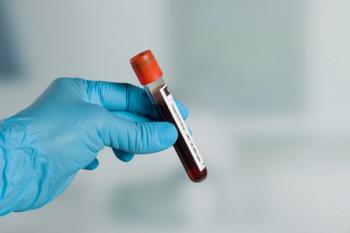
Daily Medication Pearl: Phentermine and Topiramate ER (Qsymia)
Phentermine and Topiramate ER (Qsymia) is indicated as an adjunct to a reduced-calorie diet and increased physical activity for chronic weight management.
Medication Pearl of the Day: Phentermine and Topiramate ER (Qsymia)
Indication: Phentermine and Topiramate ER (Qsymia) is a combination of phentermine, a sympathomimetic amine anorectic, and topiramate extended-release, an antiepileptic drug, indicated as an adjunct to a reduced-calorie diet and increased physical activity for chronic weight management in adults with an initial body mass index (BMI) of 30 kg/m2 or greater (obese) or 27 kg/m2 or greater (overweight) in the presence of at least 1 weight-related comorbidity, such as hypertension, type 2 diabetes mellitus, or dyslipidemia.
Insight:
- Dosing: Recommended dose Qsymia 3.75 mg/23 mg (phentermine 3.75 mg/topiramate 23 mg ER) daily for 14 days, then increase to 7.5 mg/46 mg daily.
- Dosage forms: Capsules (phentermine mg/topiramate mg ER) 3.75 mg/23 mg, 7.5 mg/46 mg, 11.25 mg/69 mg q, 15 mg/92 mg.
- Adverse events: Most common adverse reactions (incidence greater than or equal to 5%) are paraesthesia, dizziness, dysgeusia, insomnia, constipation, and dry mouth.
- Mechanism of action: Phentermine is a sympathomimetic amine with pharmacologic activity similar to the prototype drugs of this class used in obesity, amphetamine (d- and d/l-amphetamine). Drugs of this class used in obesity are commonly known as anorectics or anorexigenics. The effect of phentermine on chronic weight management is likely mediated by release of catecholamines in the hypothalamus, resulting in reduced appetite and decreased food consumption. Topiramate’s effect on chronic weight management may be due to its effects on both appetite suppression and satiety enhancement, induced by a combination of pharmacologic effects including augmenting the activity of the neurotransmitter gamma-aminobutyrate, modulation of voltage-gated ion channels, inhibition of AMPA/kainite excitatory glutamate receptors, or inhibition of carbonic anhydrase.
Source:
Newsletter
Stay informed on drug updates, treatment guidelines, and pharmacy practice trends—subscribe to Pharmacy Times for weekly clinical insights.












































































































































































































